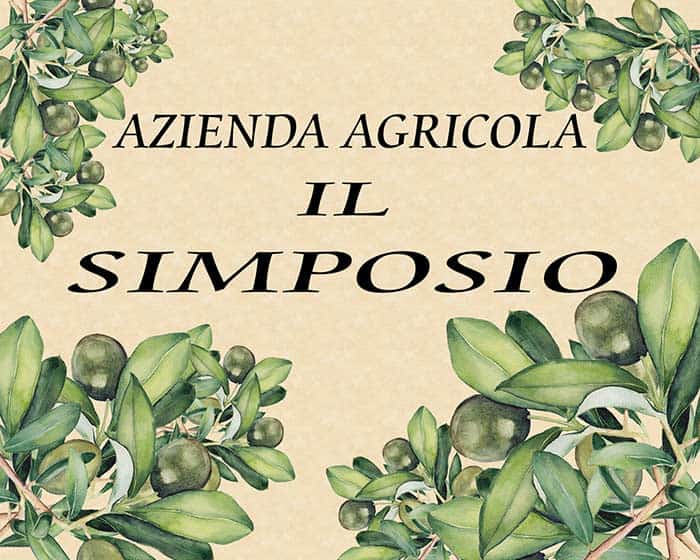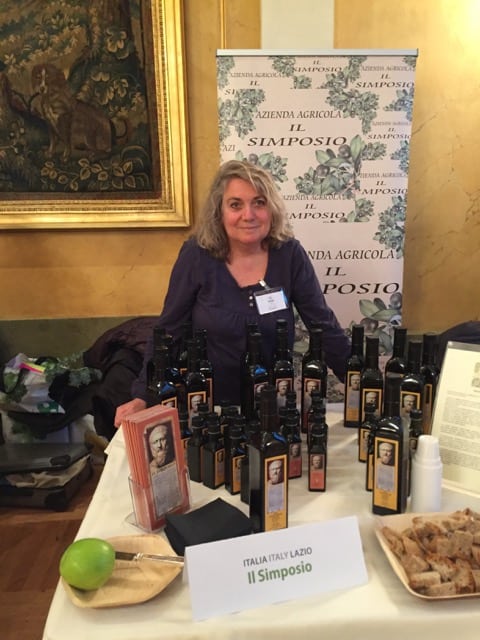

The farm was created in the 1950s by Franco Nardelli. After about 30 years, Maria Luisa Nardelli, daughter of the owner Franco, took over the management and the property.



She re-named the estate Il Simposio, a name born from her great passion for the greek philosopher, Plato, studied in depth during her university course. Plato’s dialogue “Symposium” befits the communication among people, the conviviality, to which the agricultural products are planned.
In 2016 we removed 3 vineyard’s hectares of Petit Verdot and 2 hectares of Sauvignon, to place in the ground 800 new olive trees of Frantoio and 350 of Coratina varieties.
Il Simposio is now totally cultivated with olives: 4000 trees planted on 14 ha, in a 6×6 m system.
Maria Luisa, to promote and improve the crop’s growth, by labour and attention, has selected mono-cultivars olives, each one with its own peculiarities, to obtain the optimal products.
The Polychonic Vase
The olive tree is a dome-shaped tree, fruiting around the outer surface. it always produces, even if it has never been pruned, but such practice is not viable, both for the plant health and the collection of olives.
The pruning serves to facilitate the collection, not to increase production.
in 1883 Caruso proposed the dichotomic vase as a type of cultivation. That is a vase to have air and light, but leaving a very high vegetation volume to allow the stairs, at the time used for the collection, to be leaned on the fronds and the branches.
When the crown turned too high, he intervened with slit operations, with large cuts. wood was used for fireplaces, at the detriment of plant health.
Roventini and Tonini in 1920/30 abolished the dichotomy, creating the polychonic vase which, for its peculiarities, respects the needs of the producer and the plant.
In 1956 there was a terrible frost that influenced very much the life of olive trees in Italy.
Currently, prof. Giorgio Pannelli, who I had the pleasure to meet at my farm and who tackled the cultivation of my plants, recovering the theories of Roventini and Tonini, has shaped and directed every olive tree into the simplified polychonic vase.
The olive tree is a plant that needs light and air, and that search them by pushing its canopy higher.
Furthermore, the relationship between branches and roots must always be present in the pruning, because the roots are directly proportional to the branches of the plant.
the structure of the polychonic vase consists of an expanded form in volume open to the center, with a crown constituted by three or four branches, a distinct conical form unit.
each branch has a 45 degrees inclination in the initial section, then continues vertically.
with this structure, with three / four cones, we will have a pyramidal structure well distinct, well illuminated and ventilated also trough the basal part.
The three or four peaks, so-called spears, have the purpose of facilitating the necessity of the plant to go upward, not coming in competition with the pruner, and the vegetation at the bottom will facilitate the harvesting to the producer because the fruits will be low concentrated.
for years, my plants are raised in a polychonic vase system, and my small plants of three years are pruned to become as such.
Maria Luisa Nardelli